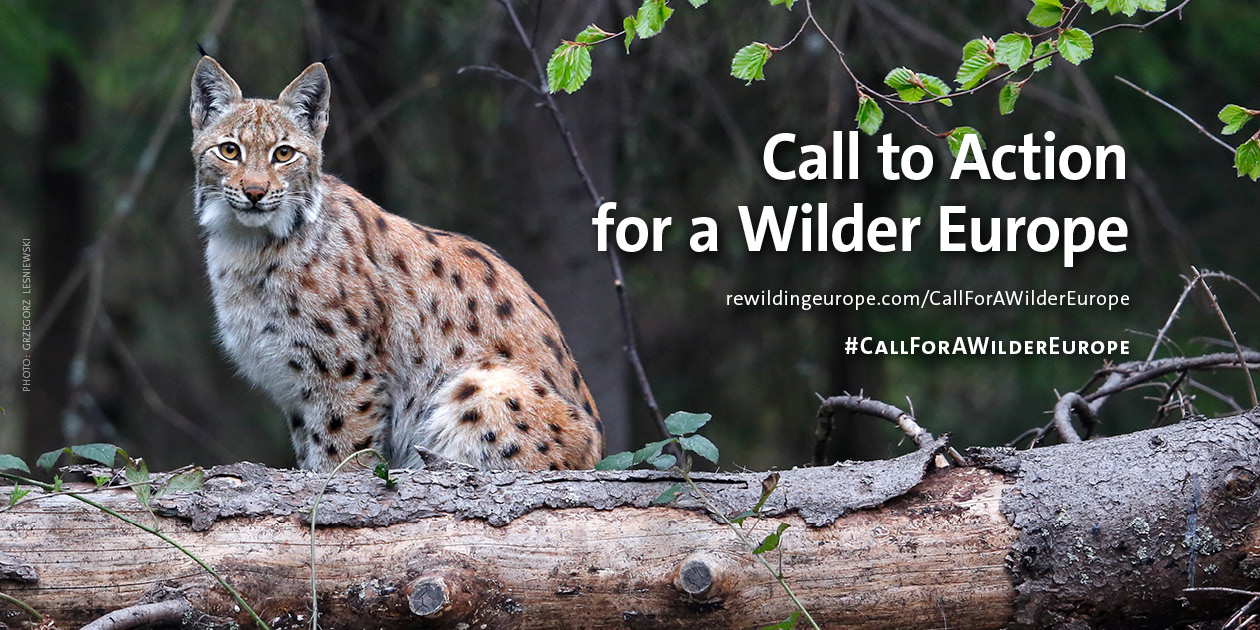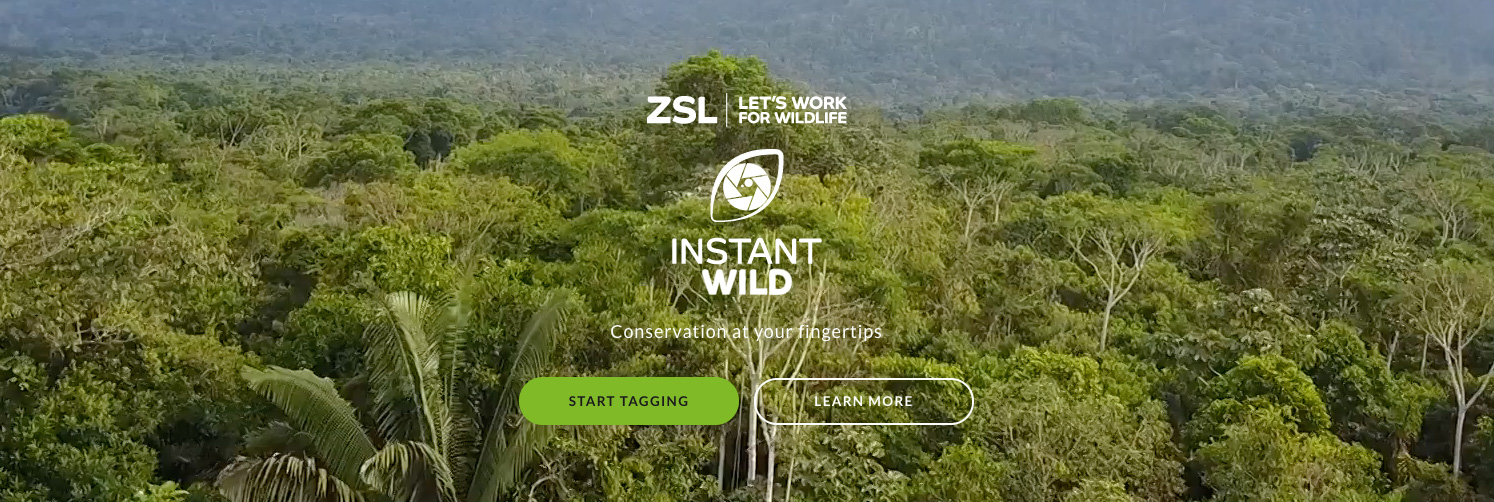Dear friends, colleagues and partners,
It brings me great pleasure to share with you our latest updates, covering the period from May until December. This new issue of Rewilding Updates will bring you up to speed with our most important recent developments.
This year marks the start of working towards new targets laid out in our Outlook for 2025. We are now in a real transition to a new level, which translates into a range of different actions, both strategic and operational. With a growing income, burgeoning team and even closer cooperation with our eight rewilding areas, we are building momentum and expanding our work at both the central level and across Europe.
It is very encouraging to see that the interest in rewilding is growing, and we are working with partners from all over Europe to move the agenda forward. Our “Call to Action for a Wilder Europe”, launched the day after the EU presented the “European Green Deal” on December 11, proposes a set of rewilding principles and a wide range of actions that we hope will further accelerate rewilding across the continent.
Happy reading and wild regards,
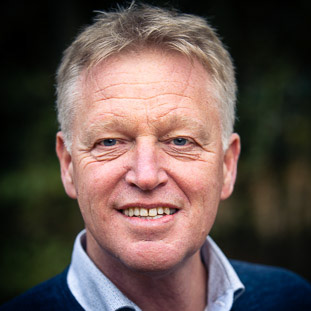
Frans Schepers
Managing Director
Rewilding Europe
Key milestones
Call to Action for a Wilder Europe
On December 12, rewilding organisations from 15 different European countries called for a wilder Europe and the inclusion of rewilding in the European Green Deal and EU Biodiversity Strategy post-2020. The day before, EU commissioner Frans Timmermans presented a draft of the deal in Brussels.
While this draft document represents a good starting point, Rewilding Europe believes the final deal should place far more emphasis on nature-based solutions and how large-scale nature recovery and rewilding can help tackle both the current climate and biodiversity emergencies.
Working with nature can – in a timely and cost-effective way – protect us from flooding and coastal erosion, minimise the threat of wildfire, secure drinking water supplies, ensure human health and wellbeing, and drive economic growth. Rewilding is also one of the most practical and value-for-money ways of mitigating climate change, and helps to boost climate resilience.
We have communicated this call to action through all the channels at our disposal, as have all of our partners. We have invited a wide range of organisations to co-sign it and attach their logo.
Publications
The number of scientific publications about rewilding is growing exponentially. During this Updates period, two major publications were of particular significance for us.
The first was an article in Science titled “Rewilding complex ecosystems”, written by a team of 16 scientists from across Europe. This article, for the first time ever, provides a conceptual framework for rewilding, and draws particular attention to the post-2020 biodiversity policies and restoration agenda. The aim is to provide opportunities for rewilding to be implemented on a broader scale, and to inform landscape management and conservation policies. Through cooperation with most of the authors, much of Rewilding Europe’s practical experience and many of our ideas were used as input for this landmark publication.
The second publication was our very own Annual Review 2018, which was presented to the Supervisory Board during their visit to the Southern Carpathians in May. As in 2017, this publication comes in the style of a magazine and contains feature stories about our work, as well as providing an overview of our results from last year. As in previous years the review was well-received, encouraging us to achieve even more in 2020.
Films and documentaries
Over the last few years we have worked on a number of film productions, and we are very excited these have now all been finalised.
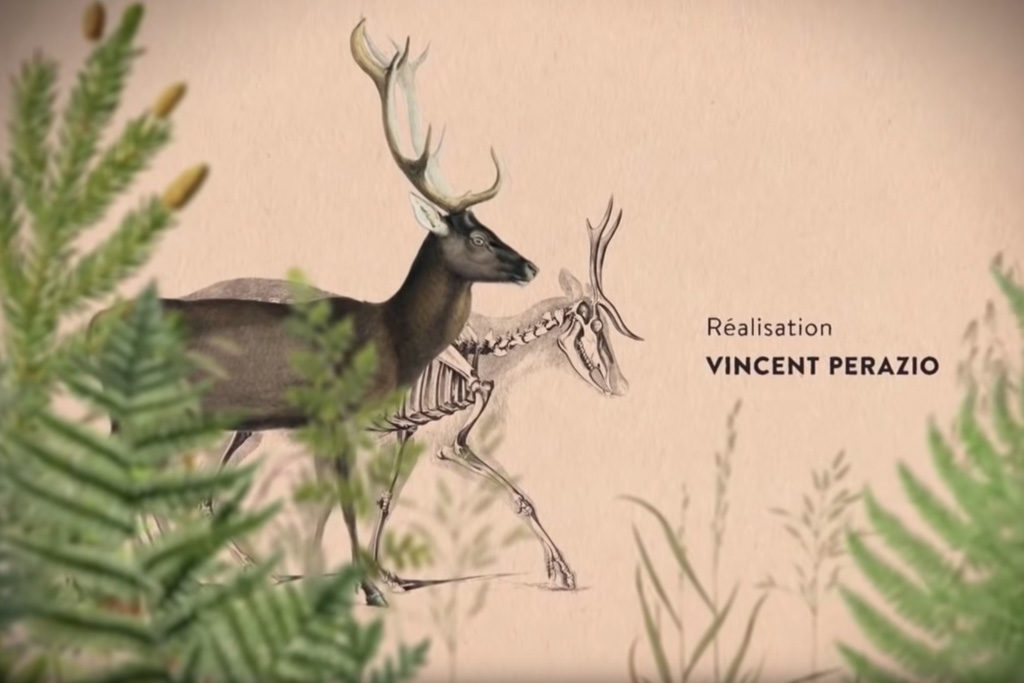
L’Europe à la reconquête de la biodiversité
First, ARTE in France and Germany broadcast the first ever documentary about rewilding in Europe in May, filmed by French production company Bonne Pioche. More than 1.5 million people across both countries watched this 50-minute feature-length documentary, with Rewilding Europe’s work featured alongside a range of other European rewilding initiatives. This included bison reintroduction in Romania and the Côa Valley in Portugal.
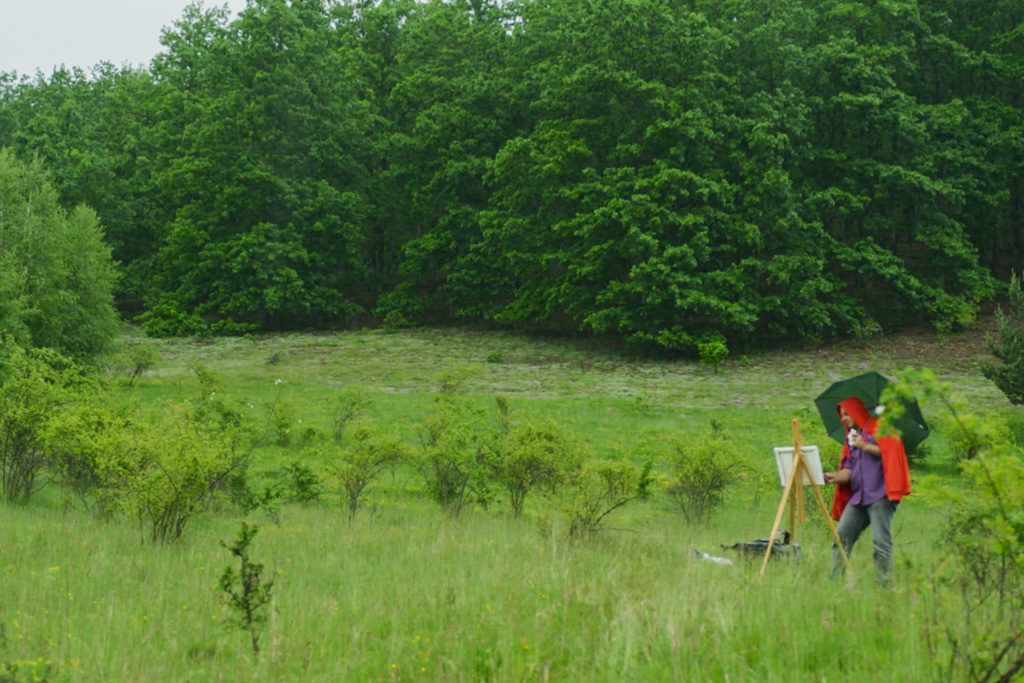
Zimbrul
The second production was a short film called “Zimbrul”, featuring the reintroduction of the European bison in Armenis in the Southern Carpathians of Romania, as seen through the eyes of local inhabitants. Launched in November, it is a wonderful production from award-winning French filmmaker Emmanuel Rondeau and can be viewed online.
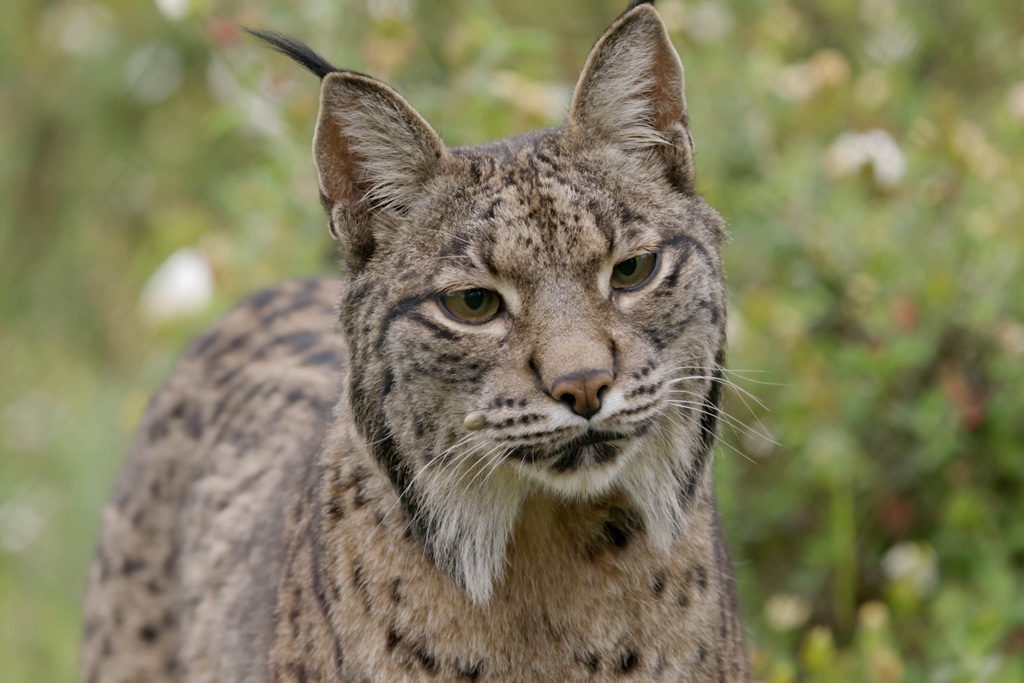
Europe’s New Wild
We have completed a six-part TV-series “Europe’s New Wild”, a co-production with Off The Fence productions and National Geographic International. Global broadcasting will begin in September 2020, reaching out to audiences in 165 countries in 45 languages. The series profiles six of our eight rewilding areas, featuring the efforts of our local teams and focusing on wildlife comeback and large-scale rewilding in these stunning landscapes. To promote the series an impactful communications strategy will be developed next year.
Rewilding events
In addition to publications and films, the number of events addressing rewilding is growing rapidly, showcasing the burgeoning interest in this topic. From Rewilding Europe’s perspective, three of these events stood out.
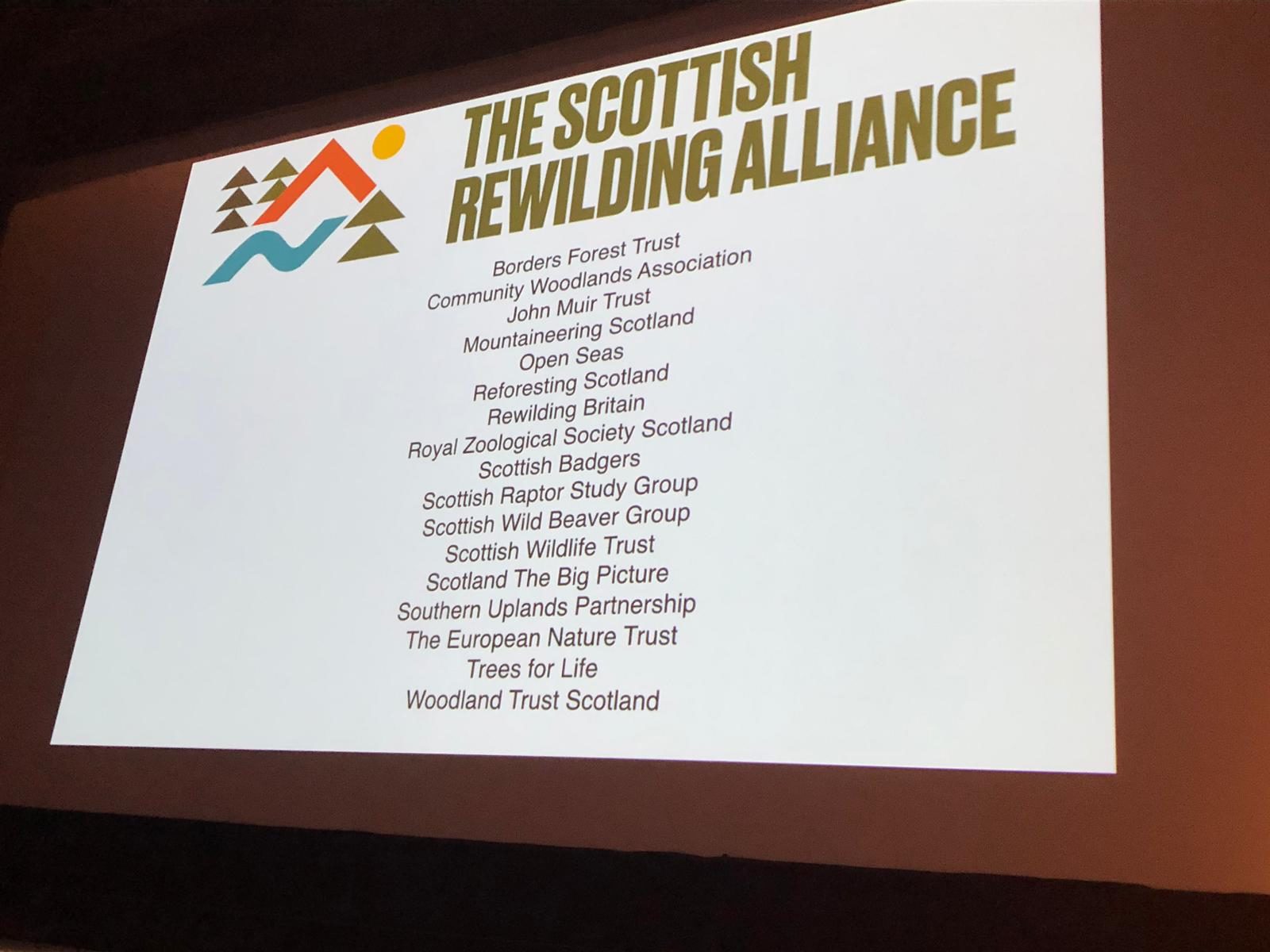
Scottish Rewilding Alliance
The Scottish Rewilding Alliance is a collaboration between like-minded organisations who share a mission to enable rewilding at a scale new to Scotland. On September 20, SCOTLAND: The Big Picture – a Scottish communications initiative – organised a fantastic event in Stirling titled “Bringing rewilding to life”. Around 400 attendees discussed the potential for rewilding large parts of Scotland’s forests, peatlands, rivers, moorlands and seas. Managing Director Frans Schepers presented our work across Europe and shared the insight we have gained.
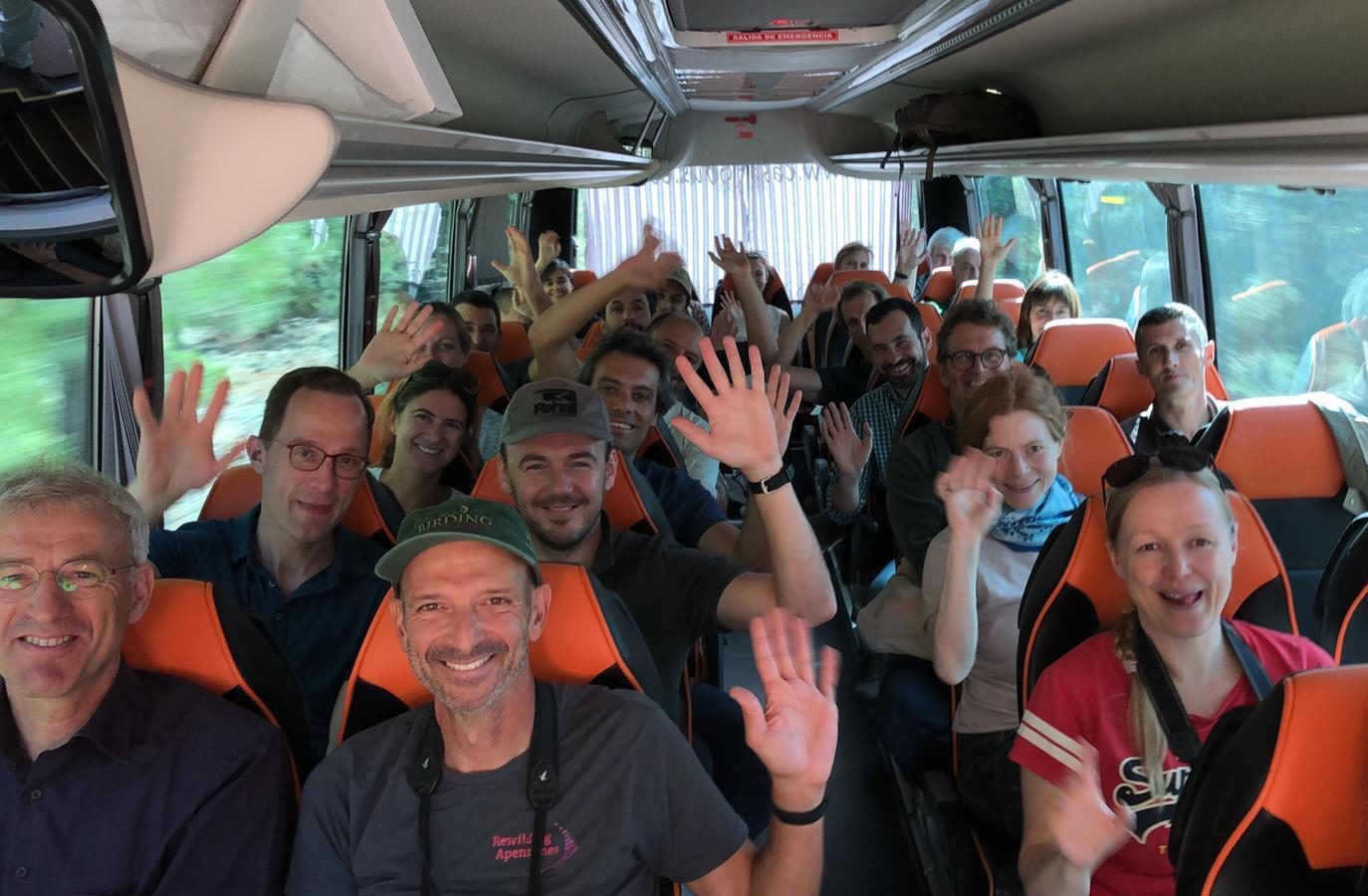
Rewilding practitioners meeting
In the first week of October, rewilding practitioners from 15 different European countries met in Cuenca, Spain (Castilla La Mancha region). They discussed how to scale up practical and grounded rewilding in Europe through development of scalable rewilding models, the application of rewilding principles, and communications. This was a very fruitful and productive meeting, which resulted in – among others – the “Call to Action for a Wilder Europe” (see above).
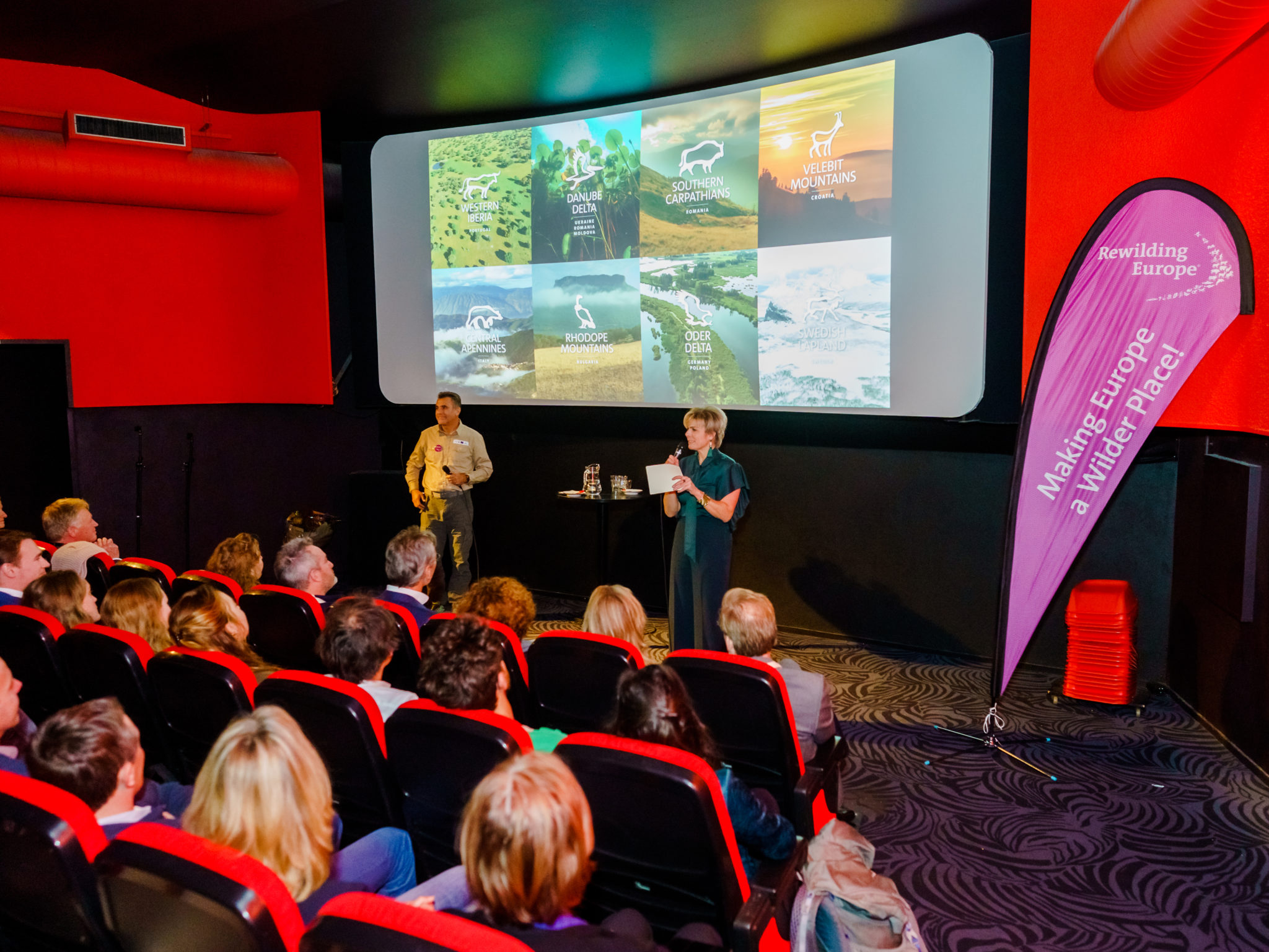
Private screening “Europe’s New Wild”
Last but not least, October 30 saw Rewilding Europe organise a special event titled “A journey through Europe’s New Wild” to coincide with the Wildlife Film Festival Rotterdam. A total of 125 friends and partners from the Netherlands witnessed an exclusive preview of “Europe’s New Wild” in a 50-minute compilation based on the six-part TV series. With the event presented by Princess Laurentien of the Netherlands, guests were not only enthralled by this programme, but also by the screening of “Zimbrul”, with Romanian bison ranger Florin Halastauan providing details of his work in person. The event was so successful that we are now considering organising it in other European cities to promote our work and build relationships.
Central level initiatives
At the central level we have been very active in the further development of the European Rewilding Network (ERN), the European Safari Company (ESC) and Rewilding Europe Capital (REC).
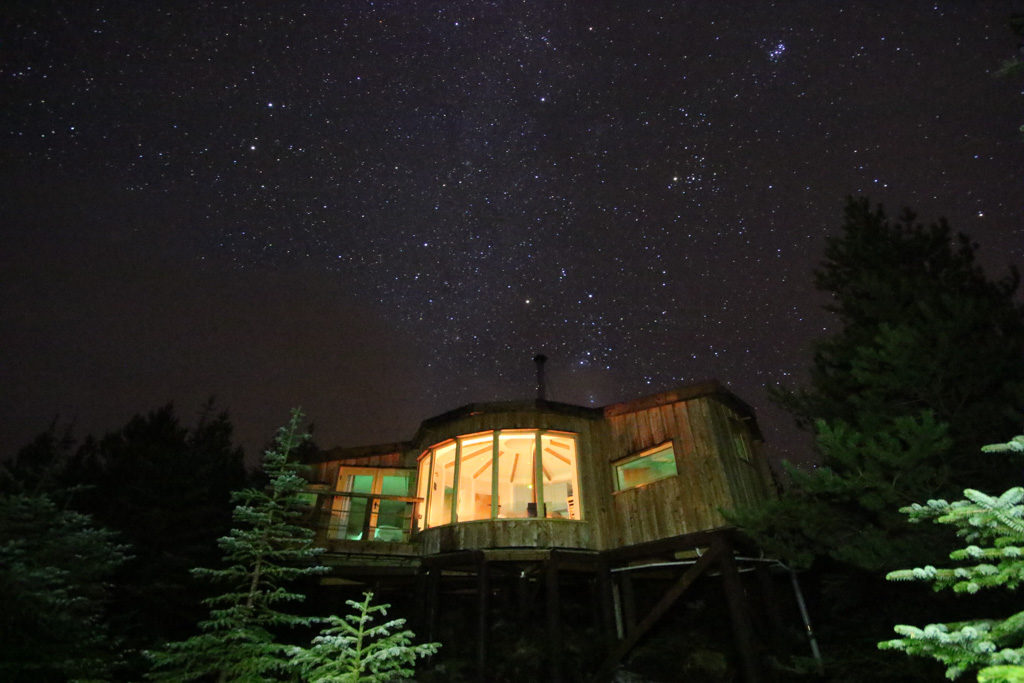
European Rewilding Network
The ERN saw two new members join during this period. The first was the Uist Forest Retreat, a nature-based tourism start-up located on the island of North Uist, in northwest Scotland’s Outer Hebrides archipelago. In addition to connecting visitors with the island’s spectacular wild nature, this pioneering business is advancing rewilding through the restoration and protection of the surrounding forest.
The second new member was the LIFE Lynx project, which received a timely boost as it became the ERN’s 70th member. Starting in 2017, the objective of this seven-year initiative is to rescue the dwindling Dinaric-SE Alpine lynx population and ensure its long-term sustainability. A review of the overall ERN strategy and updated membership criteria will now shift the focus from network expansion to support for practical, result-oriented rewilding.
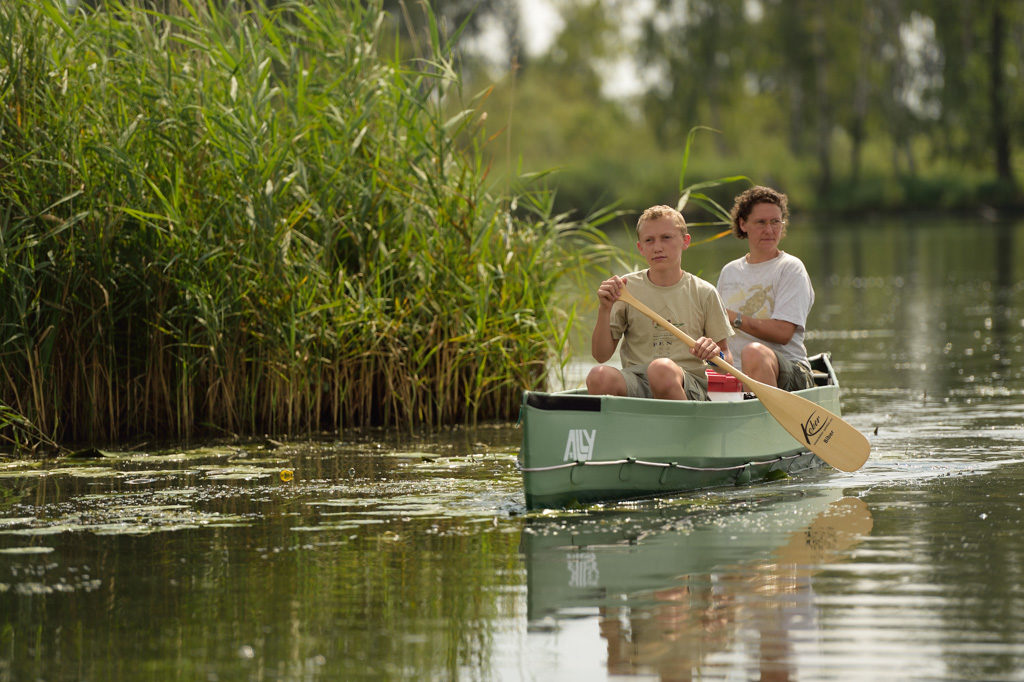
European Safari Company
The number of destinations and products offered by the ESC grew over the year, and now include the Rhodope Mountains in Bulgaria and the Oder Delta in Germany. There are now a total of nine destinations, with this number set to increase further. Details of all ESC offerings can be viewed in a beautifully designed brochure.
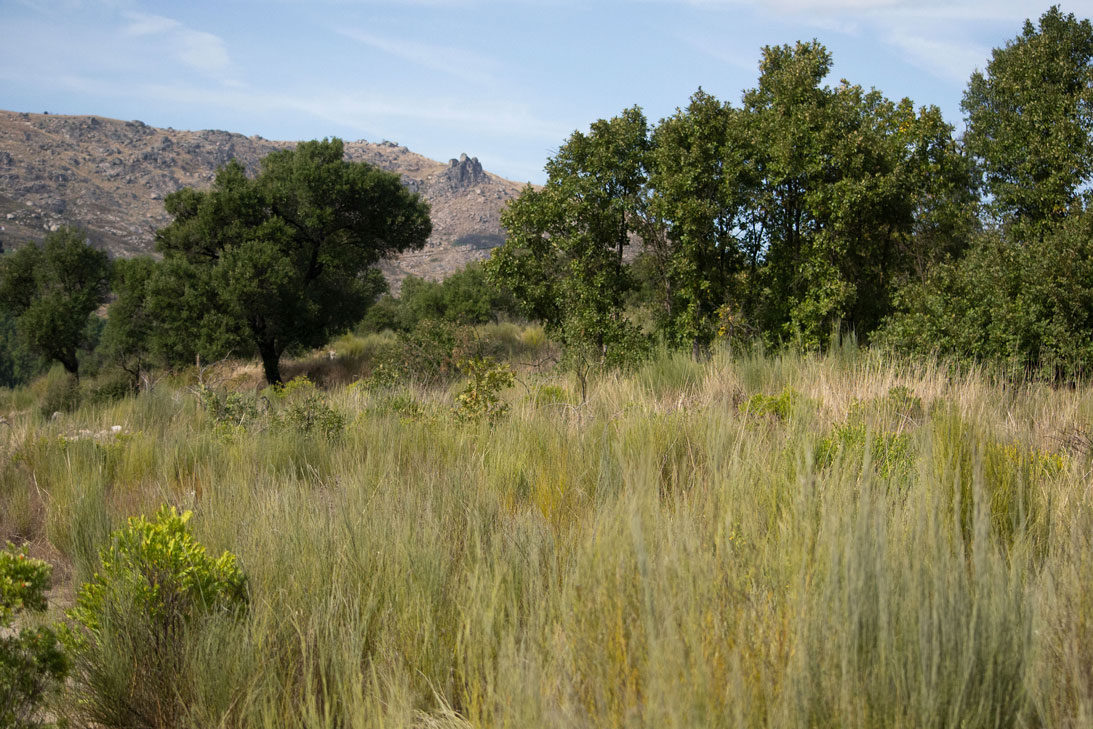
Rewilding Europe Capital
A new enterprise loan of 600,000 euros was provided to scale up nature-based business on the edge of Western Iberia rewilding area in northern Portugal. Facilitated by REC, the loan is backed by the Natural Capital Financing Facility, a joint initiative of the European Investment Bank and the European Commission.
The recipient of the new loan is Vale das Lobas (“Valley of the Wolf”), a purpose-driven social enterprise aiming to reconnect humanity with nature. The money will be used for development of a nature and health sanctuary in the village of Sobral Pichorro, close to the Serra da Estrela National Park. Together with associated rewilding actions, the REC financing will enhance wild nature in the area and revitalise the local economy. A biodiversity park will be created, while the sanctuary itself will directly employ an estimated 41 people by 2026.
Citizen science
Wildlife enthusiasts can now contribute to rewilding efforts wherever they are. ZSL’s (Zoological Society of London) groundbreaking “Instant Wild” platform allows everyone to collectively identify animals in camera trap photos. A pilot collaboration between ZSL and Rewilding Europe has seen camera trap photos from the Central Apennines rewilding area fed into the platform since August, and the initiative may soon be scaled up to include imagery from other Rewilding Europe areas. With camera trap photos and videos from locations around the world posted online, Instant Wild lets citizen scientists take part in vital global conservation work. Download the app and start identifying the wildlife in our areas today!
Rewilding areas
Latest from the field
Rhodope Mountains
Our work in the Rhodope Mountains continues to progress strongly, with the further development of prey populations for large carnivores and scavengers. European bison are now roaming free in the Rhodope Mountains of Bulgaria. The herd of seven animals (two males and five females) was released from their enclosure this summer and is now living free in the Studen Kladenetz Reserve. One of the free-roaming female bison has already given birth – this is the first bison calf born in the wild south of the River Danube since the Middle Ages. As they roam free in the Rhodope Mountains, the bison will live alongside deer, wolves, vultures and many other rare and endangered species.
Western Iberia
The newly established Rewilding Portugal team and local partners have started work to create a 120,000-hectare wildlife corridor, including the purchase of land in three core areas, promotion of wildlife comeback, support for local entrepreneurs, and development of the area as a nature tourism destination.
The endangered Portuguese Iberian wolf could be a drawcard for tourism in this area, but habitat loss, low connectivity between wolf packs, conflict with humans and a lack of prey continues to hamper the animal’s ability to recover. Wolves which are unable to find sufficient quantities of natural prey are also more likely to target livestock. Wolf population enhancement measures include efforts to boost the abundance of natural prey by increasing roe deer populations.
Southern Carpathians
We made further progress with the reintroduction of European bison in the Southern Carpathians of Romania with the translocation of seven animals in June and four more animals in September. Most of them journeyed more than 1000 kilometers from Germany, arriving safely at the release site in the Țarcu Mountains, close to the village of Armeniş. Following their acclimatisation they will join the 50-plus bison which are already roaming freely in the area. Rewilding Europe and WWF Romania cooperate closely with local communities at the bison release site, with the involvement of entrepreneurs, forest managers, hunting associations and tour operators ensuring the bison reintroduction programme has the best possible outcome.
Central Apennines
Imagine if you could accurately predict the movements of a highly endangered animal species, hours or days in advance. A six-month tech project focused on the Central Apennines rewilding area in Italy could lead to such forecasting becoming a reality. The pilot project, which began in June, will see Amsterdam-based non-profit Sensing Clues analyse data collected from the field to determine whether there are suitable opportunities for “risk mapping”. Such a predictive system would allow the local rewilding team to conserve the area’s Marsican brown bear population more effectively, and generally be more proactive in their work on the ground.
Formalising the system of communications and damage prevention, a “bear smart” community programme was established in the Central Apennines in 2015. While Pettorano sul Gizio – a picturesque medieval town of around 1500 people – officially became the area’s first such community in 2018, preparations are underway to establish two more such communities by the end of 2019.
Swedish Lapland
Rewilding Sweden’s ongoing river restoration work in the Swedish Lapland rewilding area is now entering its next phase, promising benefits for local communities and wild nature. With efforts to boost fish migration on the Råne and Pite Rivers ongoing since 2016, a new grant from the Swedish Agency for Marine and Water Management will be used to fund preparations for removing barriers along the River Abramsån (a tributary of the Råne River).
Rewilding Sweden has also started to explore the possibility of reintroducing forest reindeer and European bison, and supporting the small Swedish population of muskox. Public debates and scientific events have been started to discuss a more progressive rewilding approach in the country.
Velebit Mountains
In Velebit we were excited to renew our concession for the management of a large area, becoming the single owner two separate concessions totalling nearly 17,000 hectares. A new management plan for the area has been drawn up, which will focus on the further recovery and monitoring of wildlife populations through law enforcement and restockings. This will improve the prey base for local large carnivores like brown bear, Eurasian lynx and grey wolf.
According to our findings, wildlife populations in the rewilding area are now gradually recovering. Our cooperation with the authorities has developed further, and we are exploring new partnerships in the area. We are also working to find a new team leader. More offerings, in particular related to wildlife watching and other forms of nature-based tourism, have been developed with local entrepreneurs through the European Safari Company.
Danube Delta
After the successful release of a herd of 23 Konik horses from Latvia in rewilding sites near the village of Orlovka and on Ermakov Island in April, the area saw the release of a mixed herd of seven water buffalo (five males, two females – one pregnant) on Ermakov Island in the Ukrainian part of the Danube Delta rewilding area. As the animals roam freely across the 3500-hectare island, their natural grazing will help to create a dynamic landscape, thereby benefitting an array of wildlife species such as birds, amphibians, insects and fish.
A successful crowdfunding campaign, carried out in cooperation with WWF Netherlands, generated the necessary funds to remove 10 obsolete dams along the Kogilnik and Sarata Rivers in the Ukrainian part of the delta, leading to the recovery of habitats along 20 kilometres of river. The dams were all located within the territory of the Danube Biosphere Reserve (DBR). Removing the dams should rapidly revitalise the rivers, restoring natural processes, supporting the comeback of wild nature, and underpinning the development of local nature-based economies.
Oder Delta
The rewilding of the Oder Delta on the German side has taken a step forward with the rewetting of the 440-hectare Bargischow Polder now underway. Having begun in July, the complex rewetting process will last until 2023. A combination of pumping, dam building and dyke relocation will eventually transform this area of peatland from a source of carbon dioxide into a carbon sink, create new, biodiversity-rich habitat, and boost local nature-based tourism. The Bargischow rewetting project will cost 5.5 million euros and is being carried out as part of environmental compensation measures for the Nord Stream 2 pipeline, which will carry gas under the Baltic Sea from Russia to Germany. The Bargischow polder is part of a larger, 1000-hectare peatland polder, which itself is connected to the Anklamer Stadtbruch Nature Reserve, a vast area of shallow pools and boggy peatland located south of where the Peene River enters the Szczecin Lagoon.
Organisation
Team changes and branding
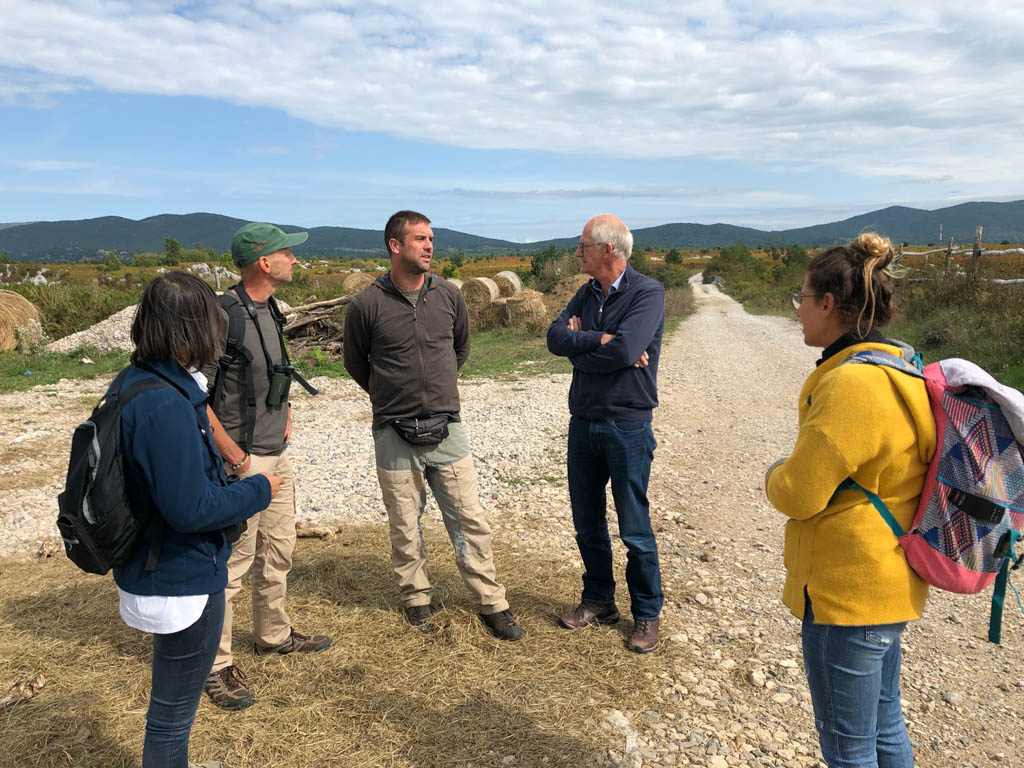
Formal evaluation
During the second half of this year Rewilding Europe was evaluated by an external, independent evaluation team comprising Tim Jones (DJ Environmental, UK) and Hans Wolters (ODS, Belgium). At the request of some of our funding partners, such an evaluation takes place every three years. The evaluation encompassed a wide range of criteria, including theory of change, results and impact, governance, organisational setup, planning, decision making and communications. The evaluators analysed numerous documents, conducted many interviews and visited two of the eight rewilding areas.
Overall, the findings were positive, acknowledging the achievements of Rewilding Europe over a relatively short timeframe. There were also words of caution on weaknesses that understandably come, to a large extent, with initiatives that are in a “start-up” dynamic, and the evaluators appreciated that there is no “off-the-shelf” model for growth. A number of recommendations were made to address these weaknesses. Rewilding Europe compiled a response to this report that was agreed with the Supervisory Board and shared with our funding partners. We have started to implement these recommendations.
Branding the rewilding areas and local partners
As part of our overall communications strategy we have started to improve our branding, unity and visibility across Europe. This was done with the support of a professional designer. The results have been integrated in an updated brand manual.
Firstly, we felt it was important to create a coherent series of rewilding area brands which can be used and shared by all area partners, and which are not directly connected to Rewilding Europe. Having chosen a flagship species for each area, we hope these “trademarks” will become iconic in their own right.
Secondly, we agreed to unite the rewilding area entities using the Rewilding Europe logo design, showing that we are all part of a pan-European initiative. So far, we have established eight such entities, including Rewilding Spain as the latest newcomer.
We hope that these new symbols and logos will heighten Rewilding Europe’s visibility and demonstrate the unity of our team and mission across Europe.
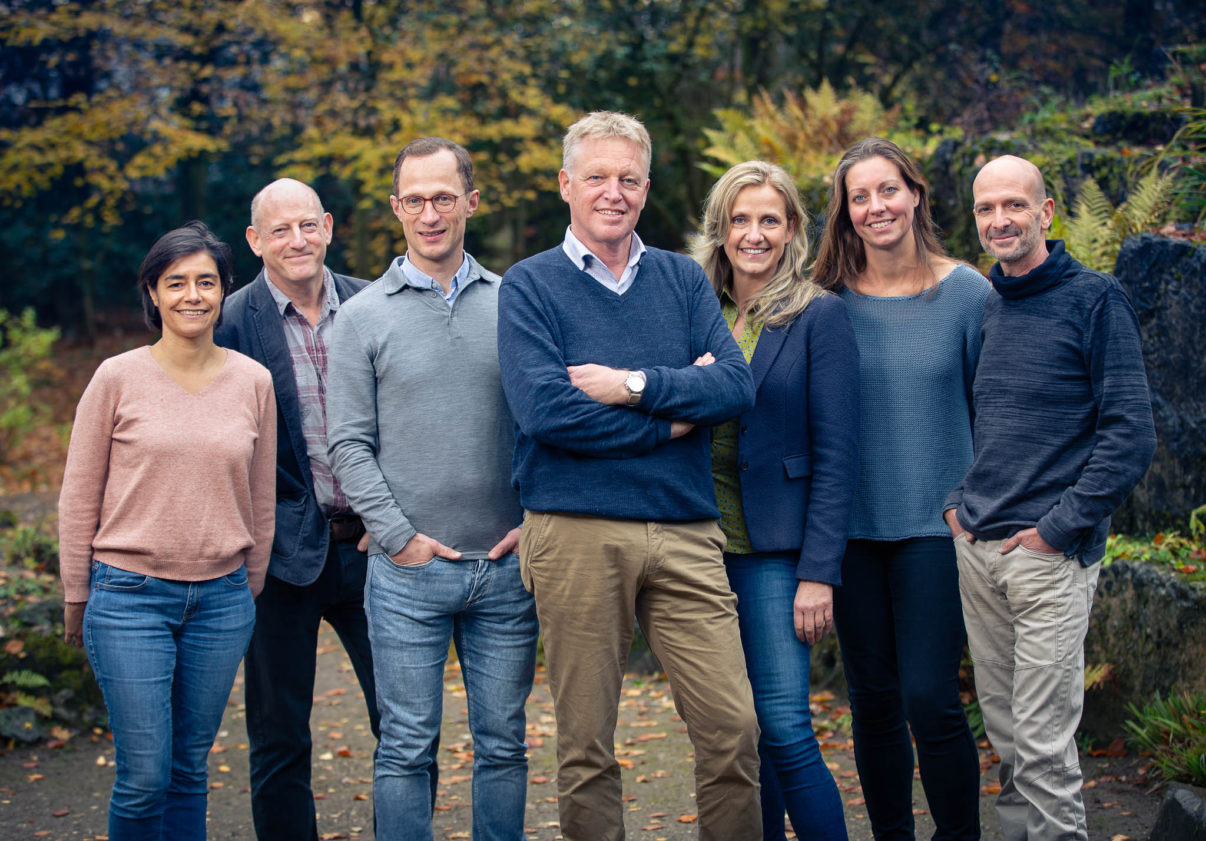
Changes in the central team
Firstly, Bulgarian Aleksandrina Mitseva joined our Supervisory Board member, as a young professional chosen from over 45 applicants from around Europe. We warmly welcome Aleksandrina to our board.
In line with our growth strategy and increased income, we were finally able to complete our central team. In particular, we were able to fill some key positions in our management team.
In March, Raquel Filgueiras joined us as the new Head of Rewilding, replacing Wouter Helmer who is now focusing on other rewilding-related projects. In April, Laurien Holtjer joined us as the Head of Communications, a position that had been vacant for three years. In May, Rob Stoneman joined us as a new Rewilding Area Coordinator, and in October, Jeanne Specht Grijp joined us as our new Finance & Business Director. In the image of the now complete Rewilding Europe Management Team you can find all seven team members.
Besides the Management Team, we also welcomed other newcomers to our central team. These are Floor Peters (Office Manager), Julia Clark (European Wildlife Bank Coordinator), Josiane Segar (PhD student) and Martin Redding (Dam Removal Researcher). Last but not least, we have three dedicated European Safari Company volunteers: Vania Liwandouw, Pooja Reddy and Chatresa Barkah, while Elodie Le Quellec is also helping out with communications work.
We warmly welcome all these new colleagues, for whom biographies can be found on our website (in the “About Us” section). With this new, strengthened and (still) agile team we are now fully equipped to increase our impact and take our initiative to the next level.
Aleksandrina Mitseva
Supervisory Board member
Jeanne Specht Grijp
Finance & Business Director
Floor Peters
Office Manager
Julia Clark
European Wildlife Bank Coordinator
Josiane Segar
PhD student
Martin Redding
Dam Removal Researcher
Changes in the rewilding area teams
A few changes also took place in the rewilding area teams. In the Southern Carpathians (Romania), Raluca Peternel joined the team. In the Velebit Mountains (Croatia), Davor Krmpotic left the team, and we are now in the process of recruiting a new team leader, while working with Tomo Svetić and Kristijan Kukas on the Velebit Wildlife Reserve. Nino Salkić also remains part of the team, supporting our enterprise work and guiding. In Swedish Lapland we have started the recruitment of a rewilding officer, while in the Central Apennines Elena Eugenia Beuchod joined as a new enterprise officer.
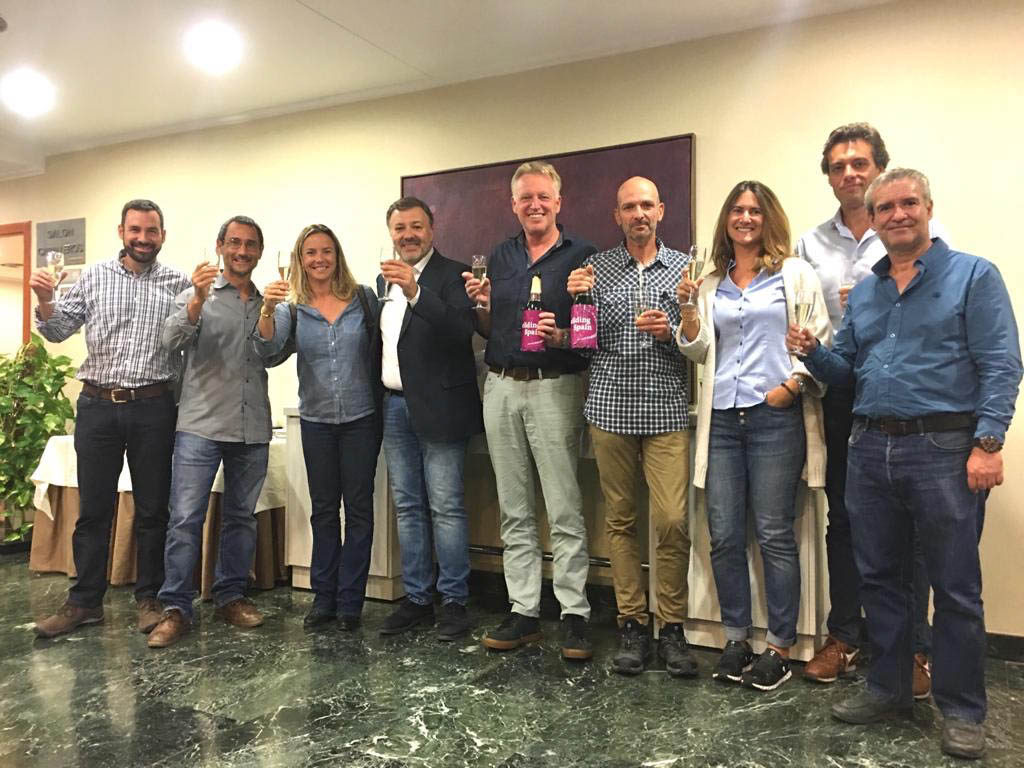
Rewilding Spain
In October, we helped to register Rewilding Spain, a new entity that will become our main partner in Spain. A board of five members has been established, including some of the leading rewilding experts in Spain. More news on this will be published early next year.
The board members of Rewilding Spain celebrating the launch in Cuenca. From left: Jordi Palau Puigvert*, Ignacio Jiménez Pérez*, Odile Rodríguez de la Fuente, Dario Dolz Ullauri (Mayor of Cuenca Town), Frans Schepers, Deli Saavedra, Mara Zamora*, Marco Bolognini*, José M. Rey Benayas* (*Board member Rewilding Spain)
Financing
Fundraising updates
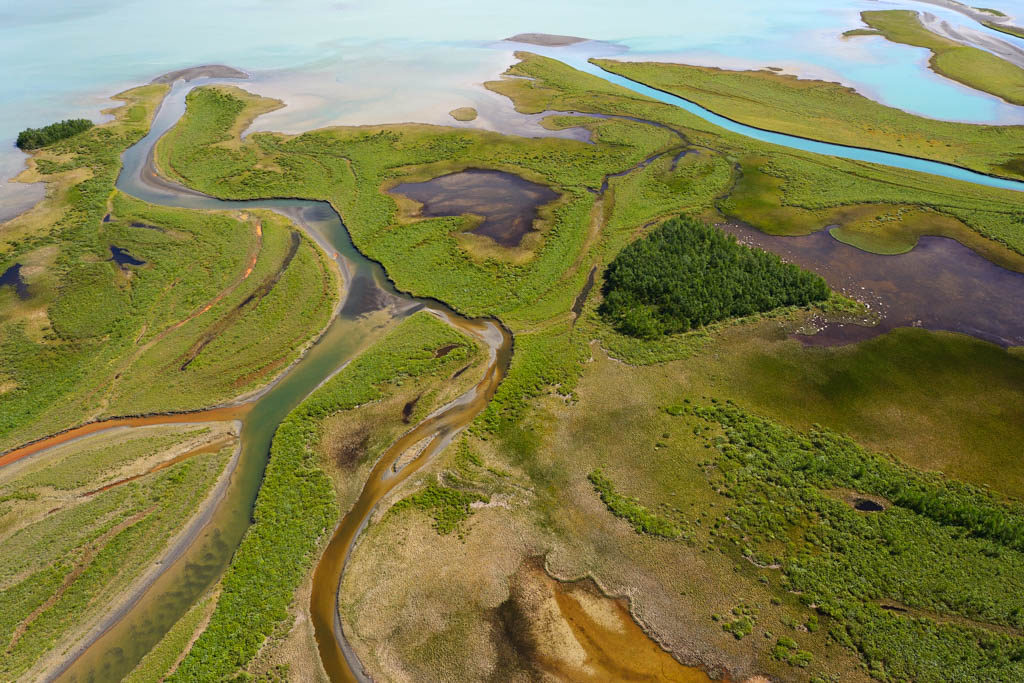
New financing strategy
We developed a new and revised financing strategy which we hope will help us to grow further and reach the ambitious targets that we have set. We are not yet at “cruising height”, and although our income has increased substantially thanks to a strong increase in financial support, there is still a lot of work to be done to ensure we can fully carry out our plans.
Importantly, the financial security of some rewilding areas is quite uncertain and needs attention. Furthermore, there is a need to further increase the proportion of “unrestricted funding”, allowing for flexibility and further support for rewilding areas. The fundraising strategy, approved by the Supervisory Board in November, identifies potential growth and ways to achieve it. We will further increase our fundraising efforts to work towards our new income targets.
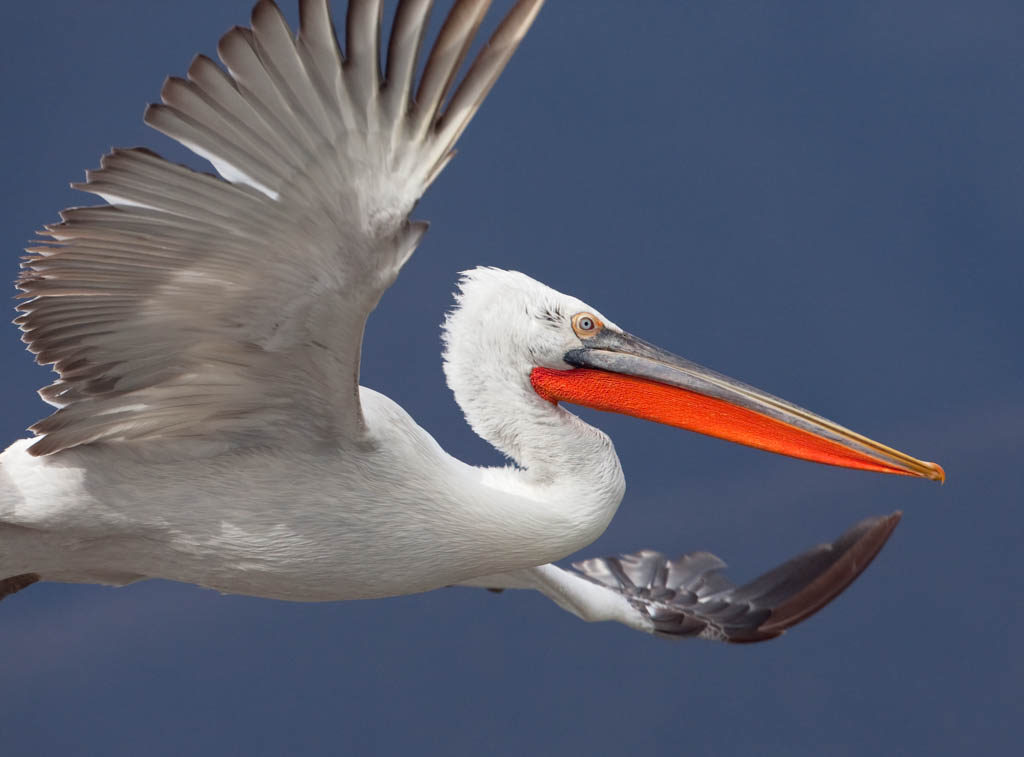
LIFE Pelican
The “Pelican way of LIFE” project formally kicked off in Bucharest on November 20. Its pan-European, multi-partner efforts will hopefully boost populations of this iconic bird. The Dalmatian pelican is extremely vulnerable and is classified as “near threatened” on the IUCN Red List. In order to breed it needs access to still, fish-filled waters undisturbed by human activity, with extensive flooded and shallow water areas. In total the European Commission provided 75% co-finding for this project (1.3 million euros). Efforts will focus on conservation of the species along the Black-Sea Mediterranean Flyway, which is home to around 50% of the global population.
The comeback of the Dalmatian pelican is also supported by the Arcadia Fund, the UK-based charitable trust of Lisbet Rausing and Peter Baldwin which supports charities and scholarly institutions preserving cultural heritage and the environment.
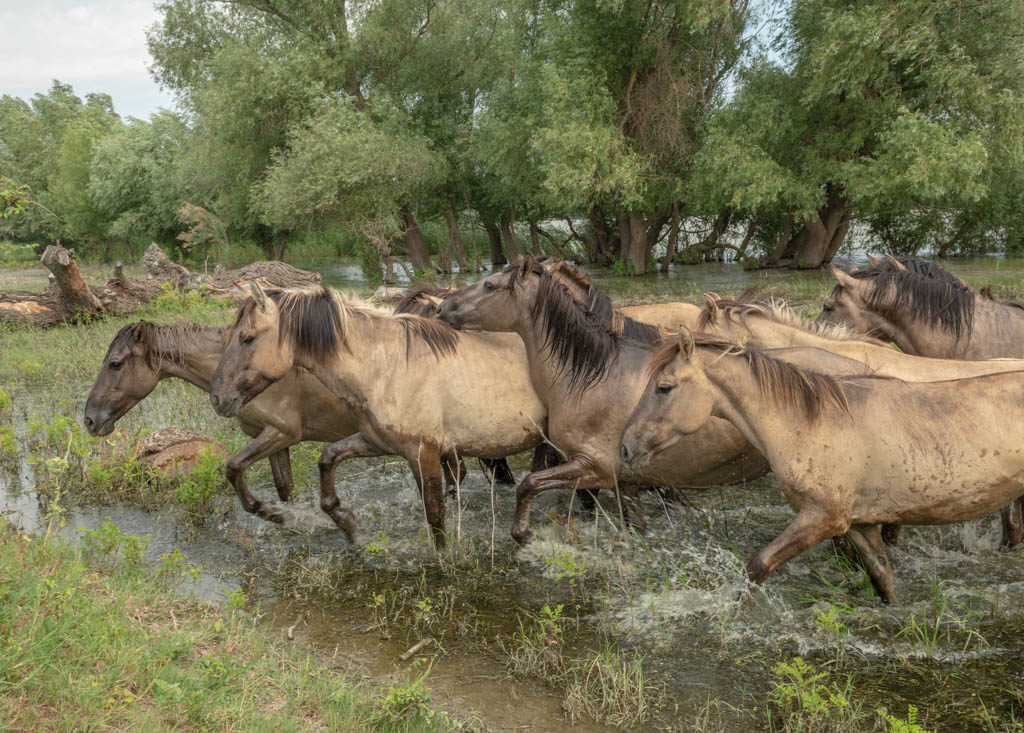
Support from Arcadia Fund
We are thrilled to announce that the Arcadia Fund has also awarded Rewilding Europe a significant grant to advance rewilding in Europe. The purpose of the grant, which totals nearly $1.8 million, is to significantly increase our rewilding impact over the coming three years. It will amplify the results we have achieved so far and the momentum that has been created for rewilding in Europe.
With this support from Arcadia we can accelerate the rewilding process in three areas selected for progressive action: supporting wildlife comeback, regulatory work to facilitate critical rewilding action, and the development of innovative rewilding models for natural solutions. This grant will also allow us to strengthen the core functions of the Rewilding Europe central team. This support from Arcadia, for which we are hugely grateful, is very timely for us, as we have just renewed our ambitions working towards 2025.
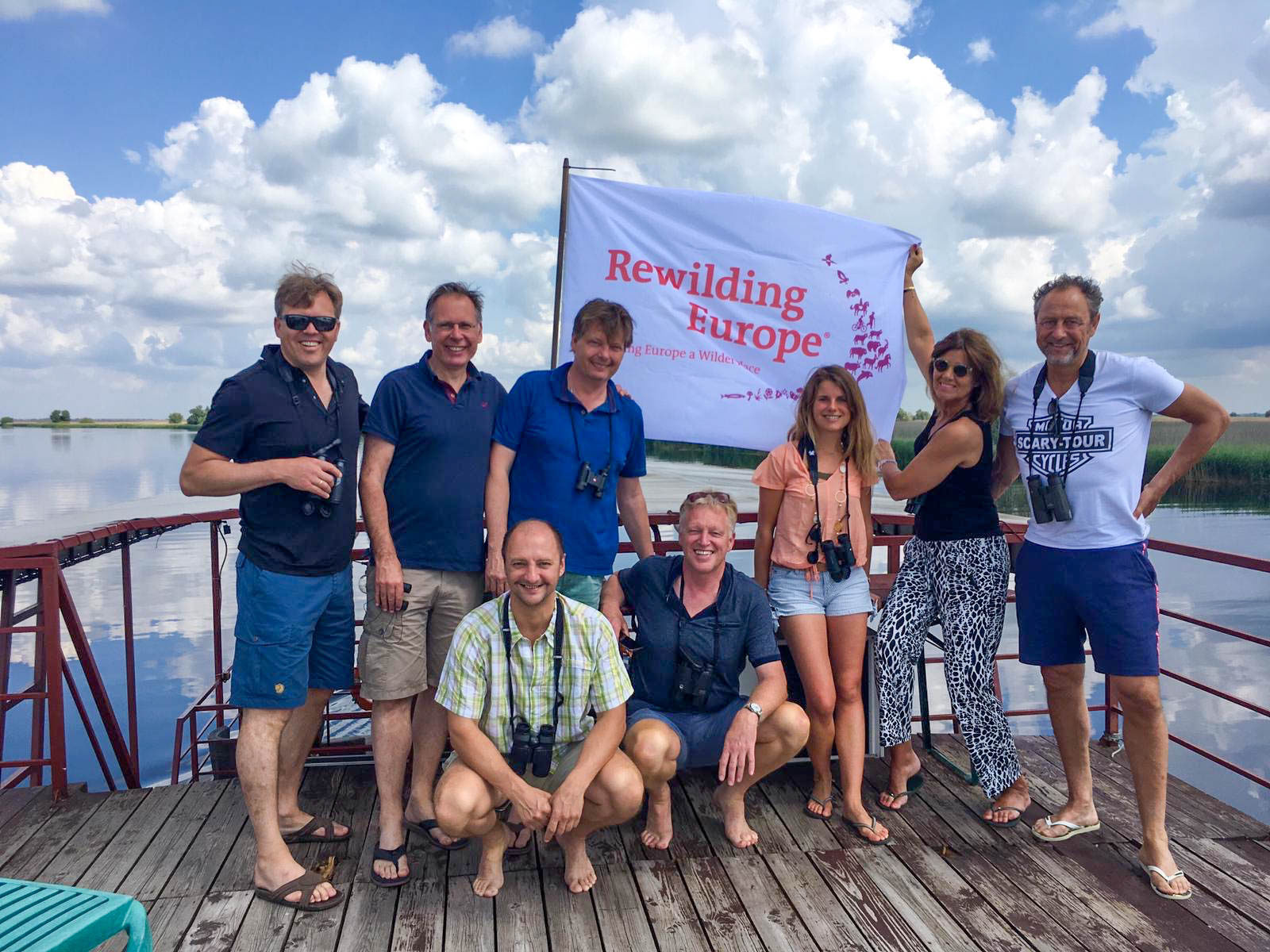
Major donor trip to the Danube Delta
In May, members of the Rewilding Europe Family Circle of WWF Netherlands embarked on a floating hotel to explore the Romanian part of the Danube Delta. Starting from Tulcea, the gateway to the delta, the group enjoyed a wonderful cruise, visiting different parts of this vast wetland during a three-day visit. Guided by tour guide Iris de Winter, Frans Schepers, Mikhailo Nesterenko (Rewilding Ukraine) and Bart Geenen (WWF Netherlands), they were impressed by the overwhelming birdlife and the natural processes that shape the area. They learned a lot about our work on both the Romanian and Ukrainian side of this transboundary biosphere reserve.
The Circle is a group of families that support Rewilding Europe with private donations through WWF Netherlands. Previous visits have been made to Western Iberia and Southern Carpathians.

